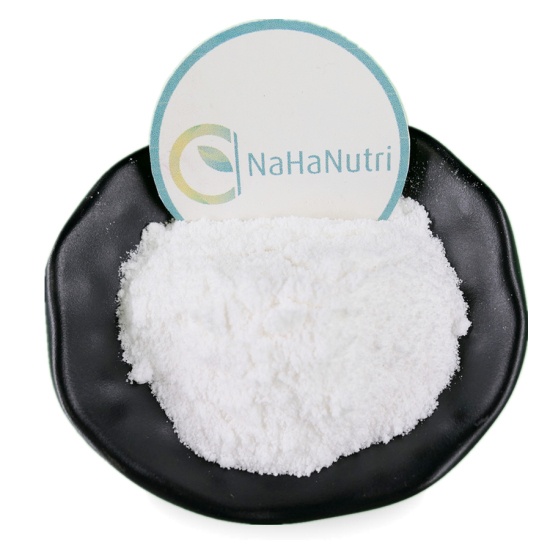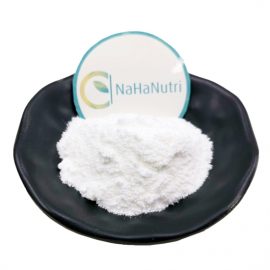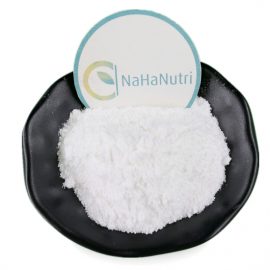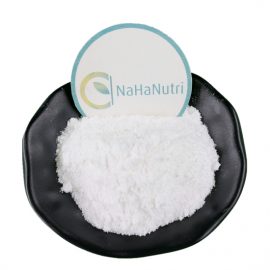A basic information
Lactobacillus plantarum is a Gram-positive bacterium that does not produce spores, no flagella, and is a facultative anaerobic bacterium that produces gas when it metabolizes glucose.
Product specifications
Active lactic acid bacteria content ≥ 10 billion cfu / g, powder, packed in aluminum foil bag, 1 kg / bag.
Strain characteristics
1. Derived from plants, widely distributed, strong colonization ability, highly active bacteria;
2. With multiple embedding, high storage stability;
3. Regulate intestinal flora, promote intestinal peristalsis, adjust intestinal flora, and maintain intestinal flora balance;
4. It can improve the body’s immunity, lower serum cholesterol and lower blood pressure;
5. Bacteria are safe, suitable for various constitutions, and will not cause side effects.
Size and colony morphology
1. Size Under the electron microscope, the general size is about 0.9 to 1.2 * 3.0 to 8.0um. The bacteria are usually round-shaped plant-shaped rods, single, paired or short-chain, without spores and without flagella, as shown in the figure. Show.
2. Colony morphology The surface of the colony on the MRS medium is convex, round, smooth, fine, white, and occasionally light yellow or dark yellow, and the colony diameter is about 3mm; it is off-white, opaque, and round in LBS agar medium. Shaped, smooth, tiny and fine colonies.
Suitable for growing environment
1. This bacterium is suitable for growth under facultative anaerobic conditions. The optimum growth temperature is 30 to 35 ° C. It can grow at 10 ° C and does not grow at 45 ° C. It can grow in pH 4.5-9.5 and the optimum pH is about 6.5. .
2. Better growth in anaerobic environment, salt resistance is about 13% to 15%, lactic acid is produced, and it has high acid resistance.
Growth characteristics
1 culture characteristics: culture in the laboratory, can be cultured with MRS medium
2 Biochemical characteristics: Lactobacillus plantarum can produce various metabolites with special functions, such as organic acids, peptides, plant lactobacillus, etc .; it can use fructose, glucose, lactose, maltose, sucrose, L-sorbose, cellobiose, Xylose, melibiose, ribose, and sodium gluconate can produce acidic substances, but fermenting glucose and sodium gluconate do not produce gas and belong to the facultative heterozygous fermentation group in the same type of fermentation.
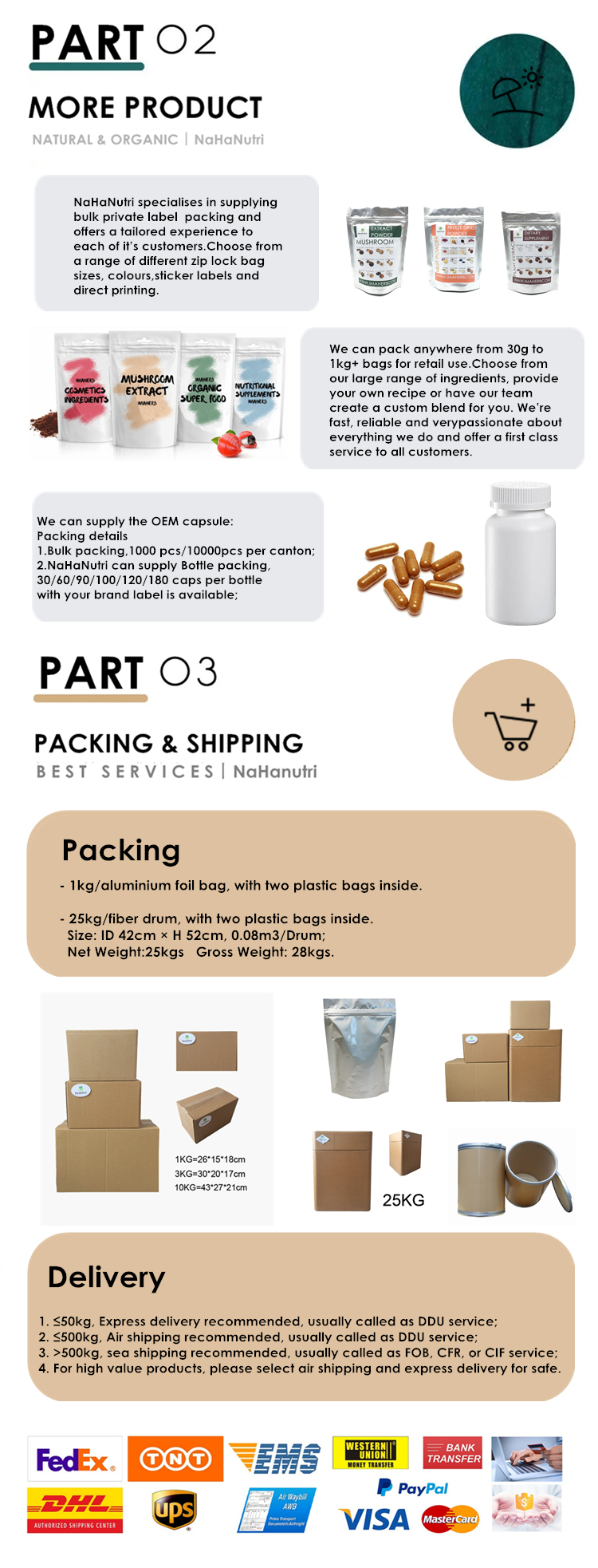
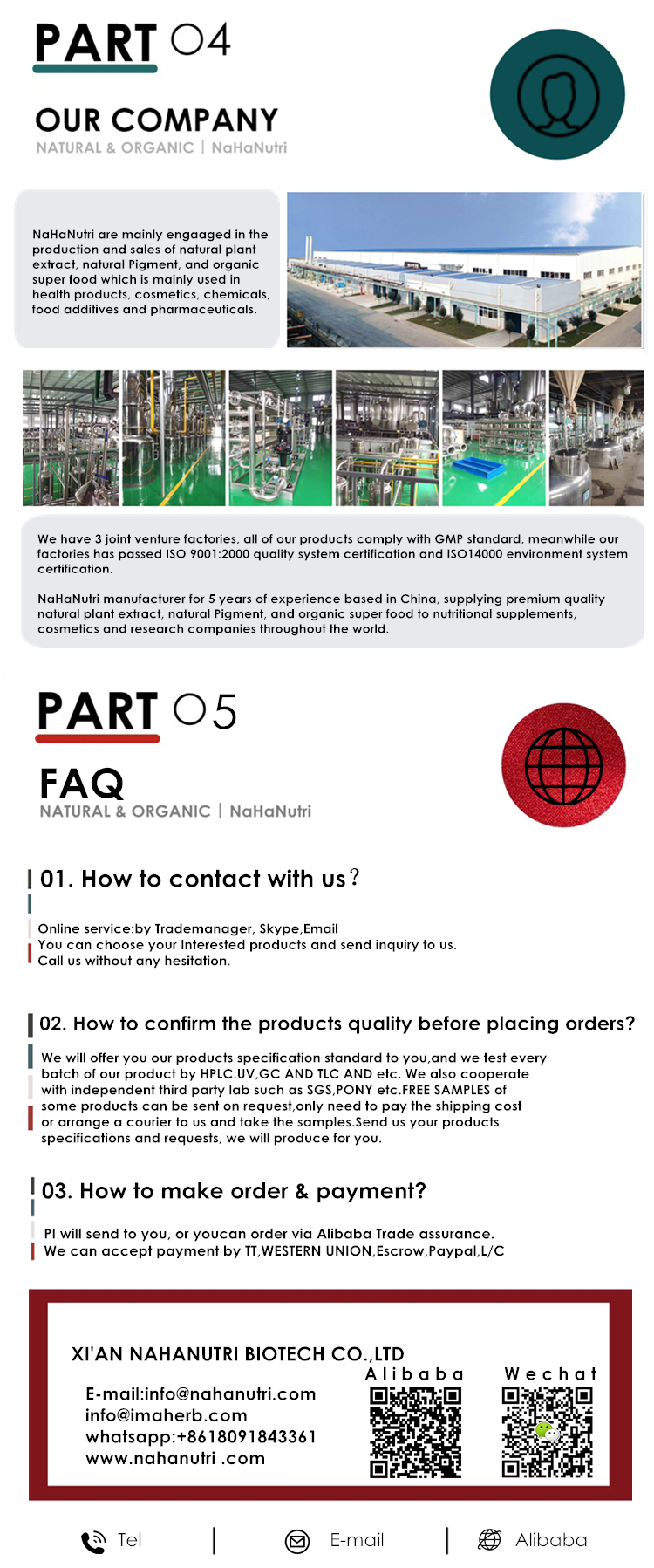
Lecithin


